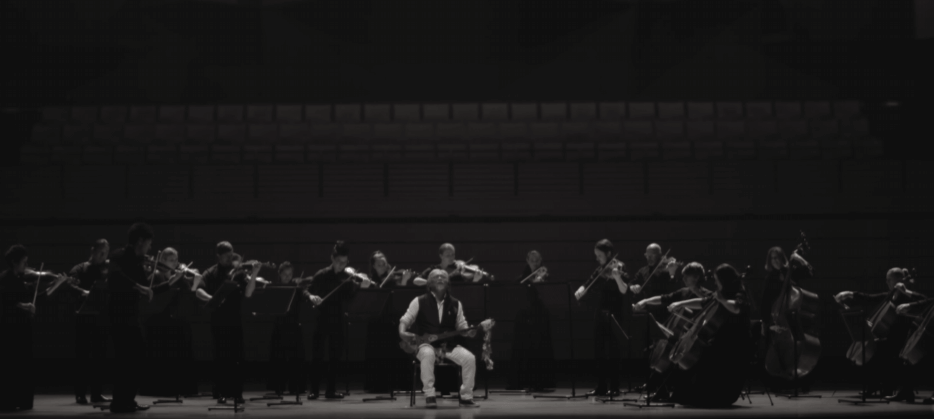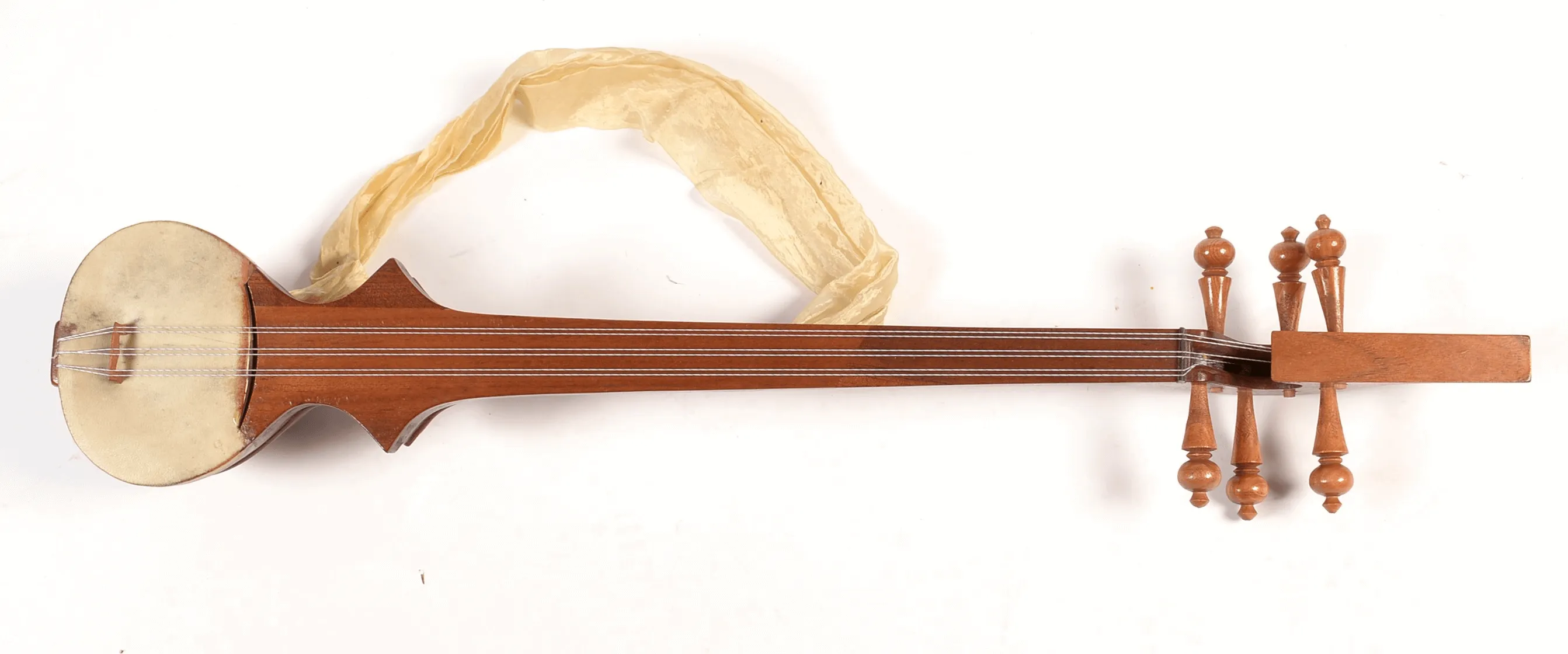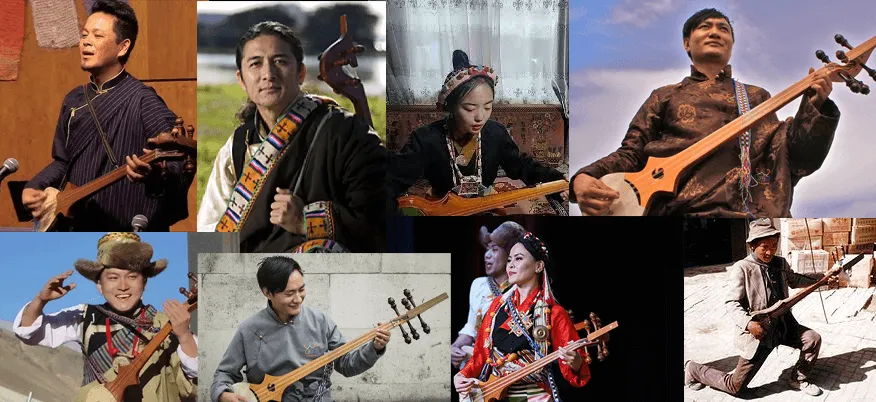
A Tribute to the Dramnyen: The Heartbeat of a People
The dramnyen, a traditional Tibetan lute, carries the heart of Tibet’s history and spirit. Its timeless music weaves together stories of resilience, culture, and hope, reminding us that Tibet’s soul endures.
Tenzin Choegyal with Camerata - Queensland's Chamber Orchestra
 In a world filled with grand symphonies and elaborate orchestras, it’s easy to overlook a simple instrument like the dramnyen. Carved from wood, its strings hum with the oldest stories of Tibet. But the dramnyen is much more than a musical instrument—it is the living pulse of Tibetan culture. Its melodies carry the heartbeat of a people, the spirit of a nation that has endured centuries of challenge, survival, and resilience.
In a world filled with grand symphonies and elaborate orchestras, it’s easy to overlook a simple instrument like the dramnyen. Carved from wood, its strings hum with the oldest stories of Tibet. But the dramnyen is much more than a musical instrument—it is the living pulse of Tibetan culture. Its melodies carry the heartbeat of a people, the spirit of a nation that has endured centuries of challenge, survival, and resilience.
For generations, the dramnyen has been at the center of Tibetan folk music and gatherings, where it connects communities with its sound. The voice of the dramnyen echoes the high mountain winds, the murmuring rivers, the prayer flags that flap against the breeze. With each strum, it brings history to life—a history full of joy, sorrow, and hope. From kings to herdsmen, the dramnyen has united them all, its sound a thread that binds the past with the present.
Today, the dramnyen carries a heavier burden than ever before. In the face of Chinese occupation and the displacement of Tibetans, it has become a symbol, a reminder of home and identity for those in exile. It holds within it the pain of displacement, the sorrow of a culture under threat, yet also the undying hope of a people who will not let their spirit fade. Through its sound, the dramnyen keeps the stories, the emotions, and the culture alive.
Recently, I witnessed something extraordinary—the dramnyen played alongside a full Western orchestra. The deep resonance of cellos and violins filled the room, creating a rich harmony. Yet, amid this powerful, modern ensemble, the dramnyen stood strong. It was neither overshadowed nor diminished. Instead, its presence was clear, its voice distinct. It was as though the ancient sound of the dramnyen was reminding the world that it has always been here and always will be. It didn’t need to compete. Its simplicity was its strength, its truth deeper and louder than any other.
As I sat there, listening, a wave of emotion washed over me. I felt sadness for all that Tibet has lost, but also immense pride. Pride in the knowledge that this humble instrument, with its ancient design, still has the power to speak so profoundly today. The song of the dramnyen filled the air, and I couldn’t hold back my tears. They were tears of sorrow, yes—but also of hope. Hope that, no matter what happens to Tibet or its people, the dramnyen will continue to carry our stories, our spirit, and our culture forward.

The dramnyen is a reminder that even in the face of overwhelming adversity, the heart of Tibet remains unbroken. Its music, steeped in history, still looks toward the future. It stands alongside instruments from distant lands, just as the Tibetan people stand strong in exile—resilient, proud, and unyielding.
To the dramnyen, I offer my deepest respect. You are the voice of Tibet—ancient, eternal, and true. You carry the weight of our history, but also the hope of our future. Through you, our culture lives on, unbowed and unbroken.
Disclaimer: The insights and narratives shared here are purely personal contemplations and imaginings. They do not reflect the strategies, opinions, or beliefs of any entities I am associated with professionally. These musings are crafted from my individual perspective and experience.